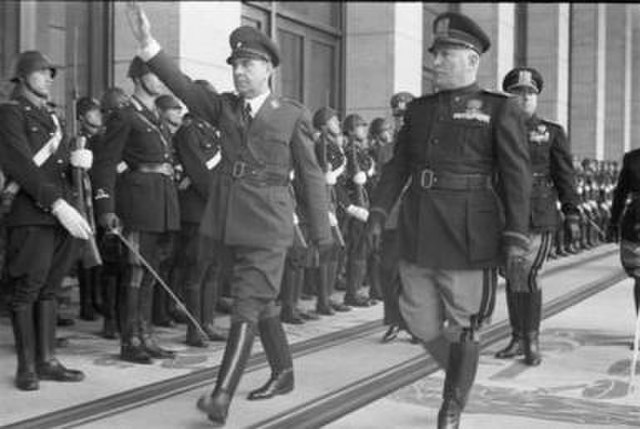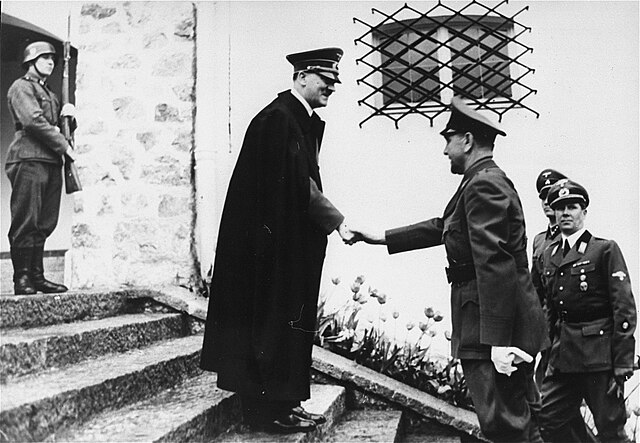Croat Muslims are Muslims of Croat ethnic origin. They consist primarily of the descendants of the Ottoman-era Croats.
Entrance to the mausoleum Kuyucu Murad Pasha, an Ottoman statesman of Croat origin who served as grand vizier of the Ottoman Empire during the reign of Ahmed I. Part of the complex he had built in Istanbul before his death in 1611 and is today part of Istanbul University.
Fethija Mosque, located in the Bosnian city of Bihać, originally a church built in 1266 and one of the few European Islamic places of worship in the Gothic architectural style.
A propaganda tribute (shout of the Croatian blood) to the Islamic cleric and the commander of the Muslim Militia from Sandžak, Sulejman Pačariz. Published by the "Osvit" magazine during the WWII.
The türbe of the Croatian Ottoman general Murat-beg Tardić next to the mausoleum of Gazi Husrev-beg in Sarajevo.
The Ustaše, also known by anglicised versions Ustasha or Ustashe, was a Croatian, fascist and ultranationalist organization active, as one organization, between 1929 and 1945, formally known as the Ustaša – Croatian Revolutionary Movement. Since the inception and before the Second World War, its members engaged in a series of terrorist activities against the Kingdom of Yugoslavia, including collaborating with IMRO to assassinate King Alexander I of Yugoslavia in 1934. After the invasion of Yugoslavia by Axis forces in April 1941, the Ustaše were handed power by the occupying forces and formed the Independent state of Croatia, an Axis puppet state, and immediately went on to perpetrate the Holocaust and genocide against its Jewish, Serb and Roma populations. During the World War II in Yugoslavia, together with German and Italian occupying forces, Ustaše are responsible for killing of hundreds of thousands of Serbs, Jews, Roma, as well as Bosniak Muslim and Croat political dissidents.

Poglavnik Ante Pavelić and Italy's Duce Benito Mussolini on 18 May 1941 in Rome. The Ustaše were heavily influenced by Italian Fascism and politically supported by Fascist Italy.
Germany's Führer Adolf Hitler with Pavelić at the Berghof outside Berchtesgaden, Germany. The Ustaše increasingly came under the influence of Nazism after the founding of the NDH in 1941.
Anti-Chetnik (anti-Serb) and anti-communist Ustaše poster
A unit of Ustaše in Sarajevo








